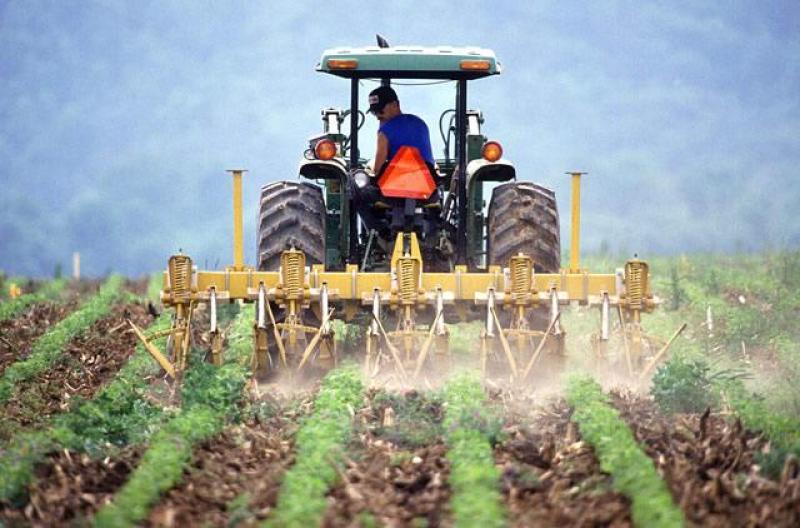Global Food Trade May Not Meet All Future Demand


Fariss Samarrai
As the world population continues to grow, by about 1 billion people every 12 to 14 years since the 1960s, the global food supply may not meet escalating demand – particularly for agriculturally poor countries in arid to semi-arid regions, such as Africa’s Sahel, that already depend on imports for much of their food supply.
A new University of Virginia study, published online in the American Geophysical Union journal, Earth’s Future, examines global food security and the patterns of food trade that – until this analysis – have been minimally studied.
Using production and trade data for agricultural food commodities collected by the United Nations’ Food and Agriculture Organization, the study reconstructs the global food trade network in terms of food calories traded among countries.
“We found that, in the period between 1986 and 2009, the amount of food that is traded has more than doubled and the global food network has become 50 percent more interconnected,” said Paolo D’Odorico, a U.Va. professor of environmental sciences and the study’s lead author. “International food trade now accounts for 23 percent of global food production, much of that production moving from agriculturally rich countries to poorer ones.”
D’Odorico noted that food production during that more than two-decade period increased by 50 percent, “providing an amount of food that would be sufficient to feed the global population with an increasing reliance on redistribution through trade.”
The study provides a detailed analysis of the role of food trade in different regions of the world, with maps showing areas of food self-sufficiency and trade dependency. D’Odorico and his co-authors demonstrate that most of Africa and the Middle East are not self-sufficient, but trade has improved access to food in the Middle East and in the Sahel region, a vast, populous, semi-arid region stretching across the central portion of the African continent that otherwise would not be able to produce enough food for its populations.
The investigators found, however, that trade has not eradicated food insufficiency in sub-Saharan Africa and central Asia.
“Overall, in the last two decades there has been an increase in the number of trade-dependent countries that reach sufficiency through their reliance on trade,” D’Odorico said. “Those countries may become more vulnerable in periods of food shortage, such as happened during a food crises in 2008 and 2011, when the governments of some producing countries banned or limited food experts, causing anxiety in many trade-dependent countries.”
The food crises to which D’Odorico refers were caused by extreme climate events that brought drought conditions to several food-exporting nations, including Russia, Ukraine and the United States.
He found that 13 agricultural products – wheat, soybean, palm oil, maize, sugars and others – make up 80 percent of the world’s diet and food trade. He also found that China is greatly increasing its consumption of meat, which already is changing land-use patterns in that country – meat production requires significantly more land area then crops.
“Fats and proteins tend to increase with the economic development of emerging countries,” he said. “An increase in consumption of animal products is further enhancing the human pressure on croplands and rangelands.”
D’Odorico notes that some countries, such as the U.S. and Brazil, are “blessed” with climates and soils that are conducive to high agricultural yields, and also the technologies – industrial fertilizers, sophisticated large-scale irrigation, new resilient cultivars – and financial resources to sustain high yields, and therefore are major exporters of food to agriculturally poor nations. However, as populations grow and climate change brings currently unforeseeable changes to growing conditions, it is possible that exports to other nations could be reduced.
“The world is more interconnected than ever, and the world food supply increasingly depends on this connection,” D’Odorico said. “The food security for rapidly growing populations in the world increasingly is dependent on trade. In the future, that trade may not always be reliable due to uncertainties in crop yields and food price volatility resulting from climate change. Trade can redistribute food, but it cannot necessarily increase its availability.”




